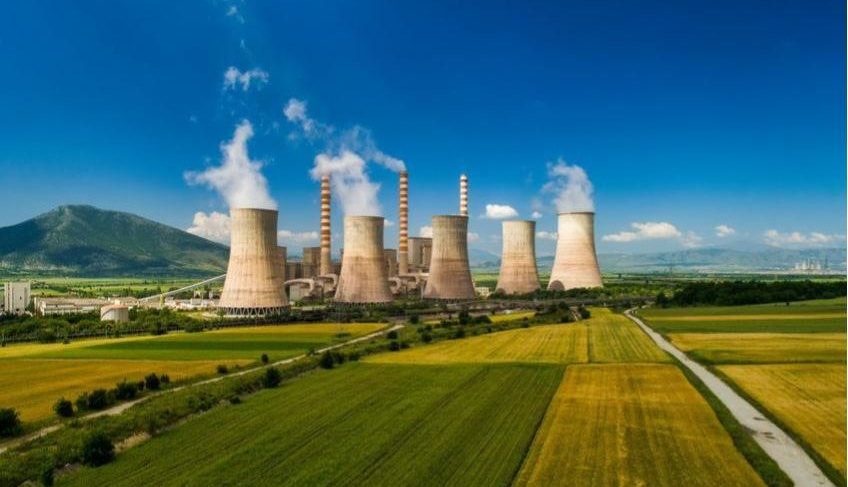
Introduction
Waste-to-Energy (WtE) in agriculture is the process of converting crop residues into energy. This approach not only addresses waste management but also offers a sustainable solution to meet energy demands. In this article, we will explore the historical background, key concepts, benefits, conversion technologies, integration with agricultural practices, case studies, current trends, challenges, future outlook, and the significance of WtE in agriculture.
Historical Background
Traditionally, crop residues have been utilized in agriculture for soil enhancement and as fodder for livestock. However, with technological advancements and the need for renewable energy, crop residues are now being used for energy generation. This field has witnessed significant milestones, including the development of efficient conversion technologies and the recognition of the environmental and economic benefits of WtE in agriculture.
Key Concepts and Definitions
WtE in agriculture involves converting various types of crop residues, such as stalks, leaves, husks, and straw, into energy. The conversion process utilizes methods like anaerobic digestion, combustion or incineration, gasification, pyrolysis, and biochemical conversion. Each method has its advantages and challenges, which we will explore further.
Main Discussion Points
Benefits of WtE in Agriculture
WtE offers environmental benefits such as greenhouse gas reduction and effective waste management. It also promotes resource efficiency and sustainability by utilizing agricultural by-products. Moreover, WtE provides economic advantages for farmers and rural communities by creating additional income streams and job opportunities.
Conversion Technologies
Various conversion technologies are employed in WtE, including anaerobic digestion, combustion or incineration, gasification, pyrolysis, and biochemical conversion. Each technology contributes to the overall efficiency and effectiveness of WtE in agriculture.
Integration with Agricultural Practices
WtE can be integrated into existing agricultural systems by co-locating bioenergy facilities with agricultural production. This allows for efficient utilization of crop residues, which can be used for heat, electricity, or as a biofuel. However, challenges need to be addressed for effective integration.
Case Studies or Examples
- Successful implementation of WtE in Agriculture in a specific region or country.
- Innovative approaches or projects showcasing the conversion of crop residues to energy.
Current Trends or Developments
The field of WtE in agriculture is continuously advancing. Emerging technologies and research findings explore more efficient and sustainable ways of converting crop residues to energy. Government policies and incentives support the adoption of WtE, attracting investments and fostering collaborations.
Challenges or Controversies
Challenges surrounding WtE in agriculture include varying availability and accessibility of crop residues, competition with other biomass feedstocks, and environmental concerns. Thoughtful planning and mitigation strategies are required to address potential conflicts with food production and land use.
Future Outlook
The future of WtE in agriculture holds immense potential for advancements and innovations. Technological developments, improved policies, and regulations are expected to drive widespread adoption. Crop residues are likely to play a crucial role in the renewable energy sector.
Conclusion
WtE in agriculture offers a sustainable solution to convert crop residues into energy. With its benefits in environmental preservation, resource efficiency, and economic advantages, this approach has gained significant attention. Successful implementation requires consideration of conversion technologies, integration with agricultural practices, and addressing challenges. The future outlook indicates a promising role for crop residues in meeting renewable energy demands.